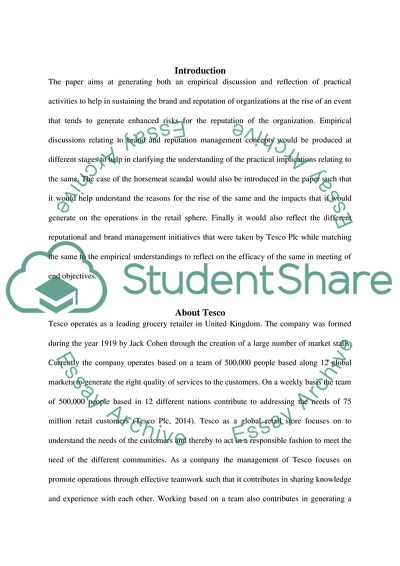Cite this document
(“Brand and Reputation Management in Tesco Plc in the Light of the Essay”, n.d.)
Brand and Reputation Management in Tesco Plc in the Light of the Essay. Retrieved from https://studentshare.org/marketing/1652691-brand-and-reputation-management
Brand and Reputation Management in Tesco Plc in the Light of the Essay. Retrieved from https://studentshare.org/marketing/1652691-brand-and-reputation-management
(Brand and Reputation Management in Tesco Plc in the Light of the Essay)
Brand and Reputation Management in Tesco Plc in the Light of the Essay. https://studentshare.org/marketing/1652691-brand-and-reputation-management.
Brand and Reputation Management in Tesco Plc in the Light of the Essay. https://studentshare.org/marketing/1652691-brand-and-reputation-management.
“Brand and Reputation Management in Tesco Plc in the Light of the Essay”, n.d. https://studentshare.org/marketing/1652691-brand-and-reputation-management.


